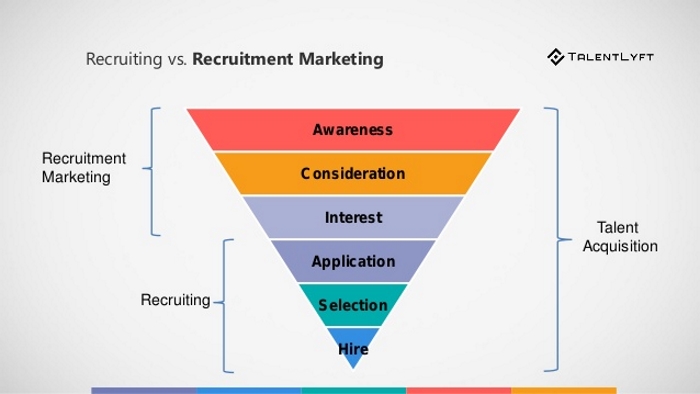Talent acquisition is the process of identifying, attracting, and hiring the best talent for a company. It is a critical function for any organization, as it can help to ensure that the company has the skills and resources it needs to succeed.
The talent acquisition process can be broken down into four main stages:
- Planning: The first step is to plan for talent needs. This involves forecasting future demand for talent, identifying skill gaps, and developing strategies to fill those gaps.
- Sourcing: The next step is to identify and attract qualified candidates. This can be done through a variety of channels, such as online job boards, social media, and employee referrals.
- Screening: Once a pool of candidates has been identified, they must be screened to determine their qualifications for the job. This may involve reviewing resumes, conducting interviews, and administering assessments.
- Hiring: The final step is to make an offer to the best candidate. This may involve negotiating salary and benefits, and making a job offer.
Talent acquisition is a complex process, but it is essential for any organization that wants to succeed. By following the four steps outlined above, organizations can increase their chances of finding and hiring the best talent.
Here are some additional tips for effective talent acquisition:
- Use data to drive decisions. Make decisions about talent acquisition based on data, such as employee turnover rates, performance reviews, and salary surveys. This will help you to identify areas where you need to improve your talent acquisition process.
- Be proactive. Don’t wait until you have a vacancy to start looking for candidates. Proactively identify and recruit top talent, even if you don’t have a current opening. This will give you a pool of qualified candidates to draw from when you do have a need.
- Create a positive candidate experience. The candidate experience is everything from the first time a candidate interacts with your company to the day they start their new job. Make sure the candidate experience is positive and enjoyable, and you’ll be more likely to attract and hire top talent.
- Invest in talent acquisition technology. There are a number of talent acquisition technologies that can help you to streamline your process and improve your results. These technologies can help you to source candidates, screen resumes, conduct interviews, and make job offers.
By following these tips, you can improve your talent acquisition process and increase your chances of finding and hiring the best talent for your company.
Here are some of the challenges that talent acquisition professionals face:
- The war for talent. The war for talent is a term used to describe the competitive environment in which organizations are vying for the best talent. This can make it difficult to attract and hire top talent.
- The skills gap. The skills gap is a mismatch between the skills that employers need and the skills that job seekers have. This can make it difficult to find qualified candidates for open positions.
- The rising cost of talent. The cost of talent is rising, as organizations are competing for the best talent. This can make it difficult to afford to hire top talent.
- The need for diversity and inclusion. Organizations are increasingly looking to hire a diverse workforce. This can make it more challenging to find qualified candidates who represent a variety of backgrounds.
Despite these challenges, talent acquisition professionals play a critical role in the success of their organizations. By following the tips outlined above, they can improve their talent acquisition process and increase their chances of finding and hiring the best talent for their company.






